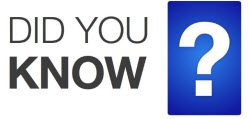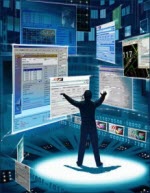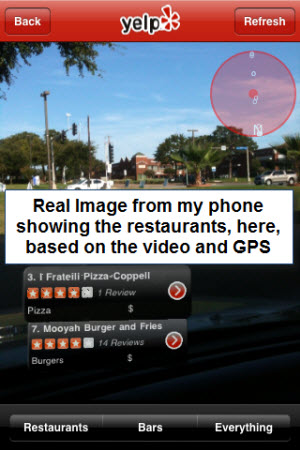 This is a compelling book. The title refers to a change in the environment, so startling that we have no choice but to re-group and re-think the future.
This is a compelling book. The title refers to a change in the environment, so startling that we have no choice but to re-group and re-think the future.
When it happens, everything changes and the old trusted rules of the road to go out the window.
The book hype says: The Web 3.0 world of “pandemic economics” is a new economy that will
function outside the traditional laws of commerce, free from today's
impediments to business growth, and in a world where every person is
connected to each other. Jump Point will help you to challenge old assumptions, re-think your business
models, and take advantage of this fast-moving, unfettered, and
fiercely competitive environment.
When Does It Happen?
The economic history of the world is punctuated by Jump Points. The tricky part has been identifying them at the right time.
Very often, we mistake the arrival of a stunning new invention for the Jump Point. It is easy to get mesmerized by a new innovation, and to think the world has changed the day a new technology leaves the lab. But that is rarely, if ever, the case. That is not the Jump Point.
Instead, technology revolution is a fitful process. New technologies take time to be absorbed, diffused and adopted. We are a curious species; it is human nature to tinker, and experiment, test, and play. And most inventions improve with application, adoption, and time. Therefore, most Jump Points occur well after the enthusiasm settles and the parade has passed.
Real Jump Points most often arrive after we grow complacent about that invention, when the technology becomes routine and unremarkable, after the novelty has worn off and the technology has gone mainstream. It is then that rapid change finally happens. Interesting.





